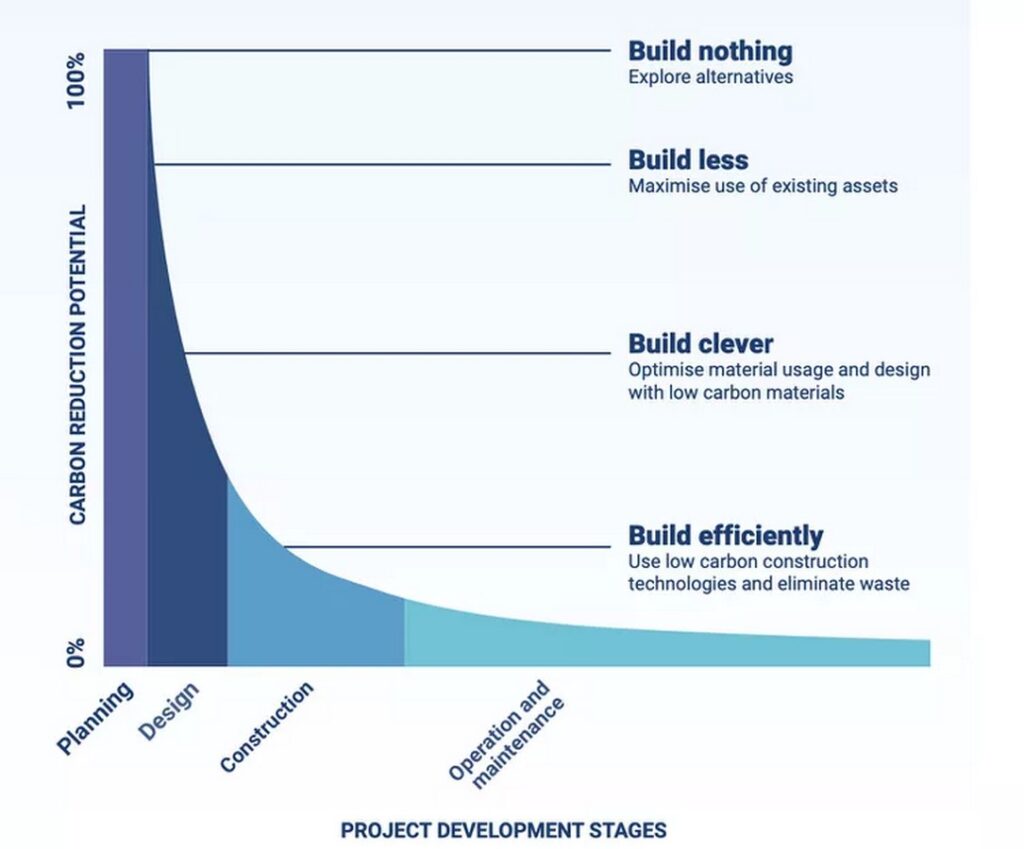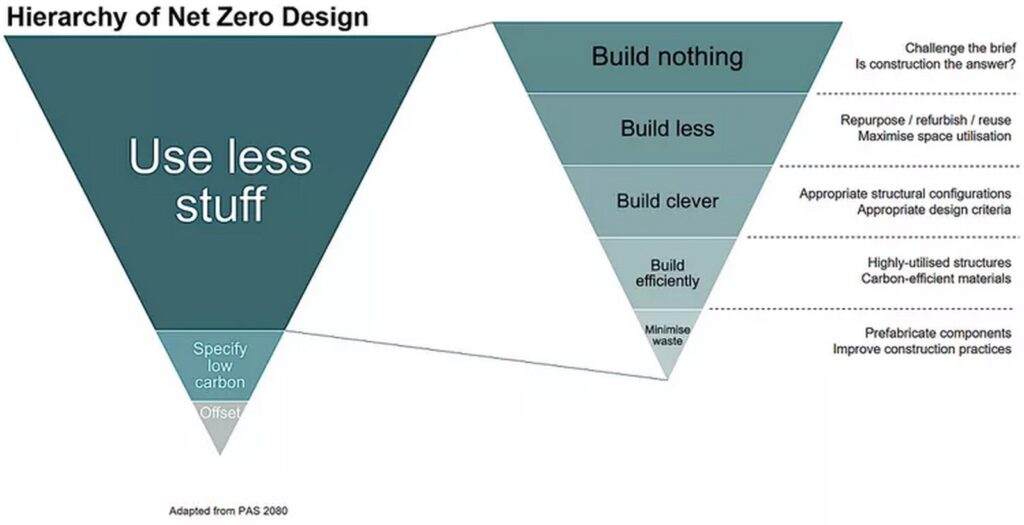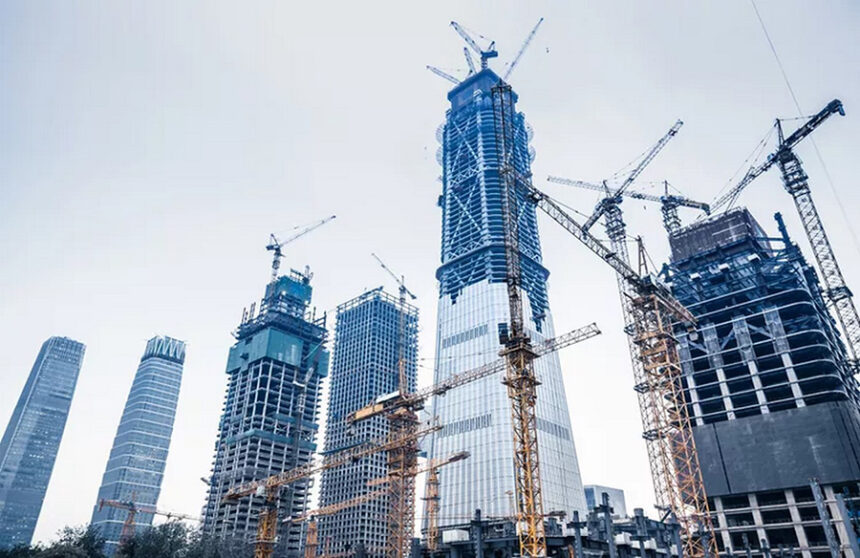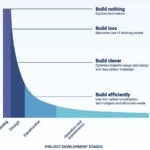The Carbon Conundrum
The construction industry stands as a significant contributor to global carbon emissions, with materials like cement and steel alone responsible for a substantial portion of the world’s carbon footprint. Despite this stark reality, the proliferation of construction projects continues unabated, exacerbating the problem of upfront carbon emissions—the carbon emitted during material production and construction processes. As each new project adds to the atmospheric carbon burden, it becomes increasingly imperative to adopt sustainable building practices that prioritize resource efficiency.

The Imperative of Green Construction
Efforts to mitigate the environmental impact of construction have long been advocated by organizations like the World Green Building Council (WGBC), which underscores the importance of minimizing upfront carbon emissions. The concept of embodied carbon, or upfront carbon, has gained traction as a critical metric in evaluating the environmental sustainability of building materials and construction methods. By shifting focus from operational emissions to upfront carbon, the construction industry can address a significant yet often overlooked aspect of environmental impact.
The Principle of Less Stuff
At the heart of green building lies a simple yet profound principle: use less stuff. This mantra, articulated by industry experts like Will Arnold, emphasizes the importance of minimizing material usage and carbon intensity in construction practices. By reducing the quantity of materials used and selecting low-carbon alternatives, designers and engineers can significantly mitigate the environmental footprint of building projects.
A Call for Strategic Planning
Strategic planning plays a pivotal role in realizing the vision of green construction. Engineers and architects must prioritize efficiency in building design, optimizing massing, layout, and configurations to minimize material requirements. Additionally, the selection of materials with low carbon intensity is paramount, enabling the construction of environmentally responsible structures that adhere to stringent carbon reduction goals.

Embracing a Culture of Sustainability
As the construction industry grapples with the challenge of upfront carbon emissions, a cultural shift towards sustainability is imperative. Building professionals must advocate for practices that prioritize carbon reduction and resource efficiency, challenging conventional norms and embracing innovative solutions. By championing the principles of green construction, stakeholders can pave the way for a more sustainable built environment that aligns with climate objectives.
The Urgency of Action
Time is of the essence in addressing upfront carbon emissions, as the window of opportunity to curb environmental degradation grows increasingly narrow. Delayed action only exacerbates the challenge, heightening the urgency for immediate intervention. By embracing a proactive approach to carbon reduction and adopting sustainable building practices, the construction industry can play a pivotal role in mitigating climate change and safeguarding the planet for future generations.





Leave a Reply